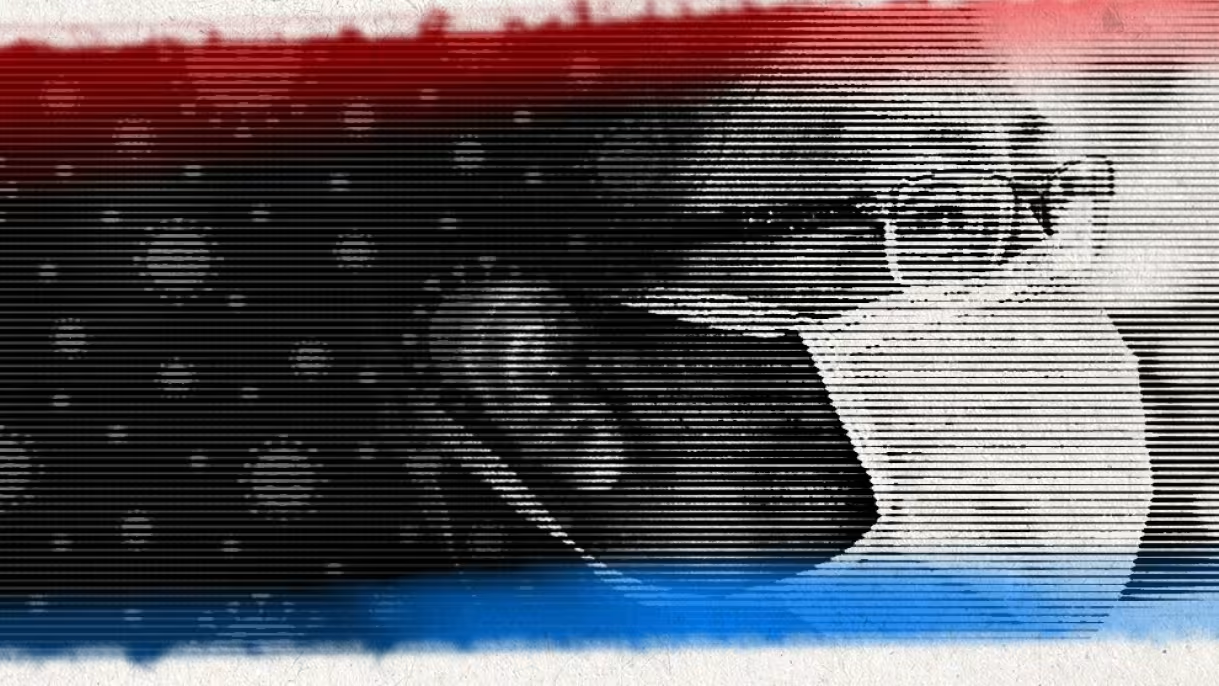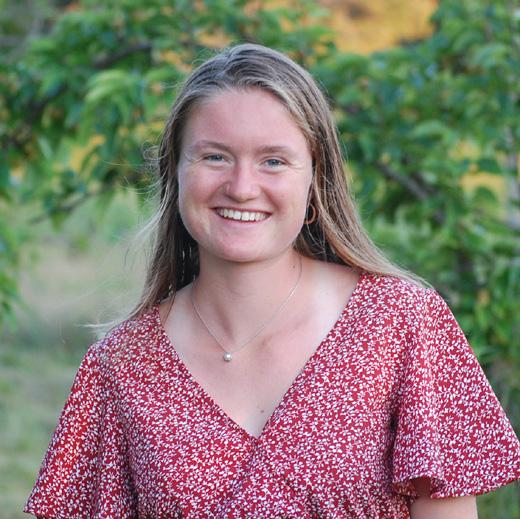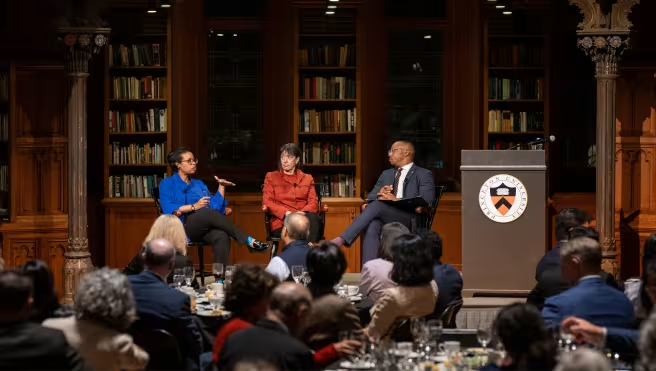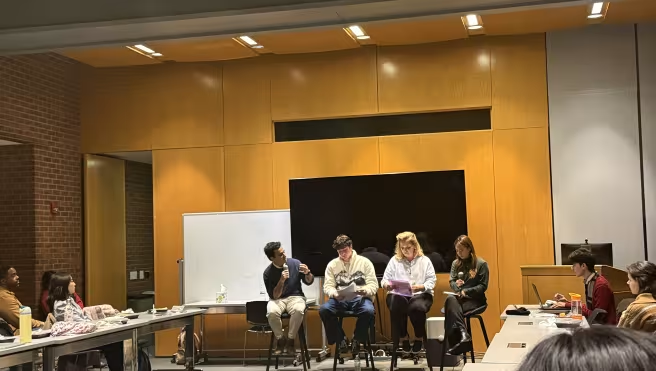

Native American Deaths from COVID-19 Highest Among Racial Groups
Native Americans experience substantially greater rates of COVID-19 mortality compared with other racial and ethnic groups, according to a new study led by Princeton University researchers. Those living on reservations seem especially vulnerable to the virus, due to high rates of poverty, crowded living conditions and limited access to high-quality medical facilities.
The study, published in Demographic Research, analyzes a broad range of risk factors for infectious disease in the Native American population across 16 U.S. states. The researchers found that — compared with Black, Latino, and white Americans — Native Americans generally have a higher prevalence of socioeconomic and health-related COVID-19 risk factors.
For centuries, Native Americans have experienced poverty, food insecurity, and poor housing conditions. Access to quality health care remains a challenge for those living on and off reservations, despite the existence of the Indian Health Service, a chronically underfunded health system for nationally recognized tribes that is part of the U.S. Public Health Service. The COVID-19 pandemic has exacerbated inequality stemming from these issues, as people have struggled to receive adequate testing and treatment and adopt prevention measures against the virus.
Despite the alarming death rates, limited data suggest that Native Americans have higher vaccination rates than Blacks, Latinos, and whites. This has the potential to prevent future disproportionately high rates of COVID-19 transmission and mortality. The research team advocates for an increase in funding and coordinated policies for improvements in public health, basic infrastructure, and access to quality health care, as the next step to reduce COVID-19 fatalities among Native Americans.

“As with other marginalized groups, high rates of vulnerability to COVID-19 among Native Americans have been attributed to long-standing structural inequalities and racism,” said Katherine Leggat-Barr ’21, lead author of the study. “We wanted to assess these inequalities as virus risk factors and evaluate just how at-risk this group is for death from COVID-19, whether living on the reservation or off.”
Leggat-Barr worked with Noreen Goldman, Hughes-Rodgers Professor of Demography and Public Affairs at the Princeton School of Public and International Affairs, and Fumiya Uchikoshi, a Princeton University Ph.D. candidate in Sociology, to calculate the “standardized mortality ratio,” a measure that controls for the different age distributions across racial and ethnic groups, for Native Americans living in the 16 U.S. states with the largest Native American populations. They also assessed the presence of an extensive set of COVID-19 risk factors identified by the American Community Survey and the Behavioral Risk Factor Surveillance System, including poverty, multigenerational households, frontline worker status and chronic health conditions, among these populations. Lastly, the researchers compared the vulnerability to COVID-19 of Native Americans who live on or off reservations across the states.
Using data from the National Center for Health Statistics and the U.S. Census Bureau, the team compared COVID-19 death rates during 2020 among non-Latino whites, non-Latino Blacks, Latinos, and non-Latino Native Americans.
Elevated COVID-19 death rates among Native Americans serve as a stark reminder of the legacies of historical mistreatment and the continued failure of governments to meet basic needs of this population.” — Noreen Goldman
After adjusting their data for age differences across the groups, the researchers discovered that COVID-19 mortality for the sample of Native Americans was 2.8 times as high as that for the white group. The standardized mortality ratio for Native Americans is also considerably higher than values for both the Black and Latino populations and varies considerably across states.
Looking at the percentage of Native Americans living on reservations and the COVID-19 death rate of a state’s entire Native American population, the study additionally suggests that reservation life may increase the risk of COVID-19 mortality, helping to explain the observed variation in mortality rates across states. The researchers speculate that because many reservations are in remote areas with poor infrastructure, residents may struggle to receive adequate health services and COVID-19 prevention resources.
Multigenerational housing may also play a role. Since COVID-19 is transmitted through respiratory droplets and aerosols, crowded or large family compounds may exacerbate transmission among household members. COVID-19 deaths can also be credited to the high prevalence of chronic illnesses among some Native American populations, including diabetes and obesity, often driven by persistent food insecurity and a lack of affordable and quality health care.
With the pandemic still lingering, a full analysis of its impacts on Native Americans and other racial and ethnic groups in the United States cannot be done. The researchers acknowledge that a lack of reliable data on COVID-19 cases prevents them from fully understanding and representing the extent to which Native Americans are more susceptible than other groups to infection. Still, the authors analyzed a much larger sample of Native Americans and assembled a broader set of risk factors than those of past studies, furthering an understanding of how this demographic group has been impacted by the COVID-19 virus.

“The overall set of factors associated with high COVID-19 deaths are largely the same as those that have been identified to increase vulnerability of Native Americans to a host of diseases through generations,” Goldman said. “Elevated COVID-19 death rates among Native Americans serve as a stark reminder of the legacies of historical mistreatment and the continued failure of governments to meet basic needs of this population.”
The paper, “COVID-19 Risk Factors and Mortality Among Native Americans,” was published on Nov. 17 in Demographic Research, an open-access journal of population sciences. The study began as project from Leggat-Barr’s undergraduate internship, which received financial support from Princeton University’s Center for Health and Wellbeing.




